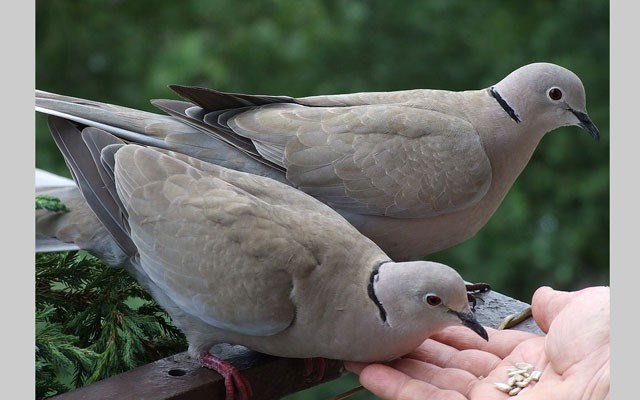The migration season for our feathery friends has ended, leaving birders wondering why migratory bird numbers are down.
The number of species to pass through and/or hang around is down, as is the number of birds actually spotted and counted. We are at a bit of a loss to explain the declines, which have been noticed throughout the Sea to Sky corridor.
Regardless, many species arrived on time, to the exact day for 39 species, and to within a week or less for another 58.
After arrival, however, the only sizeable number of birds were the counts on robins, song sparrows and juncos. Counts on other species were thin to scant, some seen on one or two days only, as opposed to multi-day layovers. Whether this has been just a local corridor or a province-wide trend is yet to be determined by those who enjoy sifting out the data on the Internet's e-bird website.
It won't be me.
It was not all doom and gloom. The transect count from Lorimer Road to Rainbow Park in early May spotted a very encouraging 47 species. And over the season, some very unusual species did show up, although there were no new additions to our spring checklist, which currently stands at 233 species.
There was also some hilarity — the household turf war as to who were the first to record the arrival of the rufous hummingbirds, for example. Now well publicized, we can expect other households to enter this spirited competition next year. Might I suggest that it will also lead to contest the latest day in the season that a hummer was still present? More fun — and controversy.
For the other highlights, despite abysmal showings, three species hardly ever seen at Whistler are the stand-outs.
The best one goes to Kira Sufalko for spotting a pair of blackpoll warblers at Nicklaus North. Warblers are a small, colourful migrant, numbering about 55 species in North America, and the western hemisphere only. They are so-called "New World" birds. Whistler has 18 of the species on the checklist with yellow-rumped and yellow warblers being the most numerous, as opposed to blackpoll, palm, morning and Magnolia warblers with only one or two sightings every three or four years.
During May, a flock of eight white-fronted geese had a 10-day rest at Nicklaus North before continuing to their breeding grounds along the western coast of the Arctic Ocean. Their winter hangout are a few isolated spots in southwestern U.S.A. This is Whistler's first record of a flock of this species, although one or two mixed in with a large flock of Canada geese is not unusual.
Of equal significance is the fourth appearance of a red-necked phalarope, records beginning in 1922. Phalaropes are a shorebird somewhat similar to a sandpiper except that they swim on water, in tight circles, to round up a stew of water bugs.
Not to go unmentioned is our first year of seeing four species of pigeons/doves. One is the evasive Eurasian collared-dove, rapidly expanding its range across North America, and now in the Yukon, and regarded in some locales as a pest. So far it's lightweight at Whistler but will it eventually displace our two native species (band-tailed pigeon and morning dove)?
On the no-show side there were no owl reports; gulls were limited to a handful of large ones flying through, and smaller black hooded gulls and terns have yet to show up. At the smaller "dickie bird" level there are as yet no wrens to be seen or heard and again no horned larks. While meadowlarks and bluebirds were present for several days at Squamish, Whistler was a miss, though they are usually seen at Nicklaus North.
Now that nesting season is in full swing, there will be fewer birds flying about or loafing on the lakes.
The seasonal performance was lacklustre, with 128 species seen, which normally is 20 to 30 species higher. Part of the problem is our birding effort, only 35 of the 92 days for myself, as well as my eyes and ears fading out.
Popular birdwatching apps were used to counteract some of these senior problems, but the rest of us depend on Chris Dale to show up from Squamish to pick up those species overlooked. Without him, the 128 would have been closer to 100!




